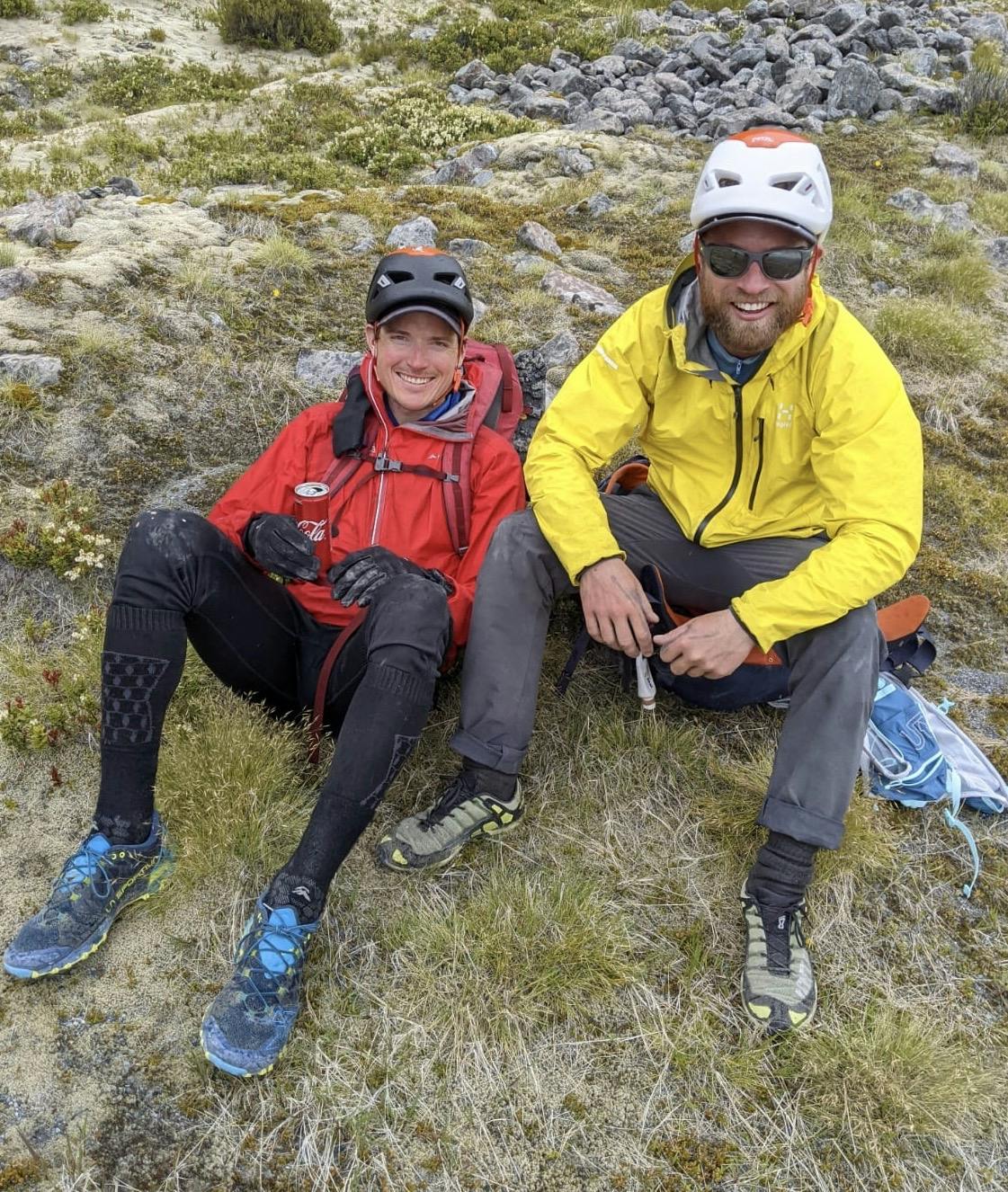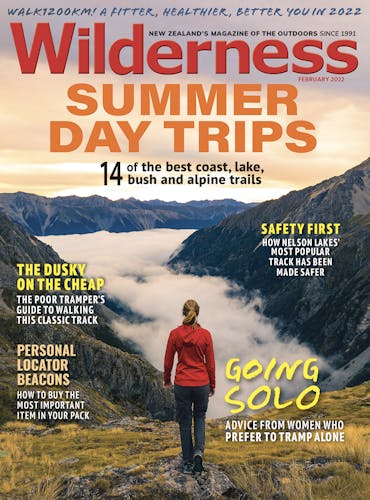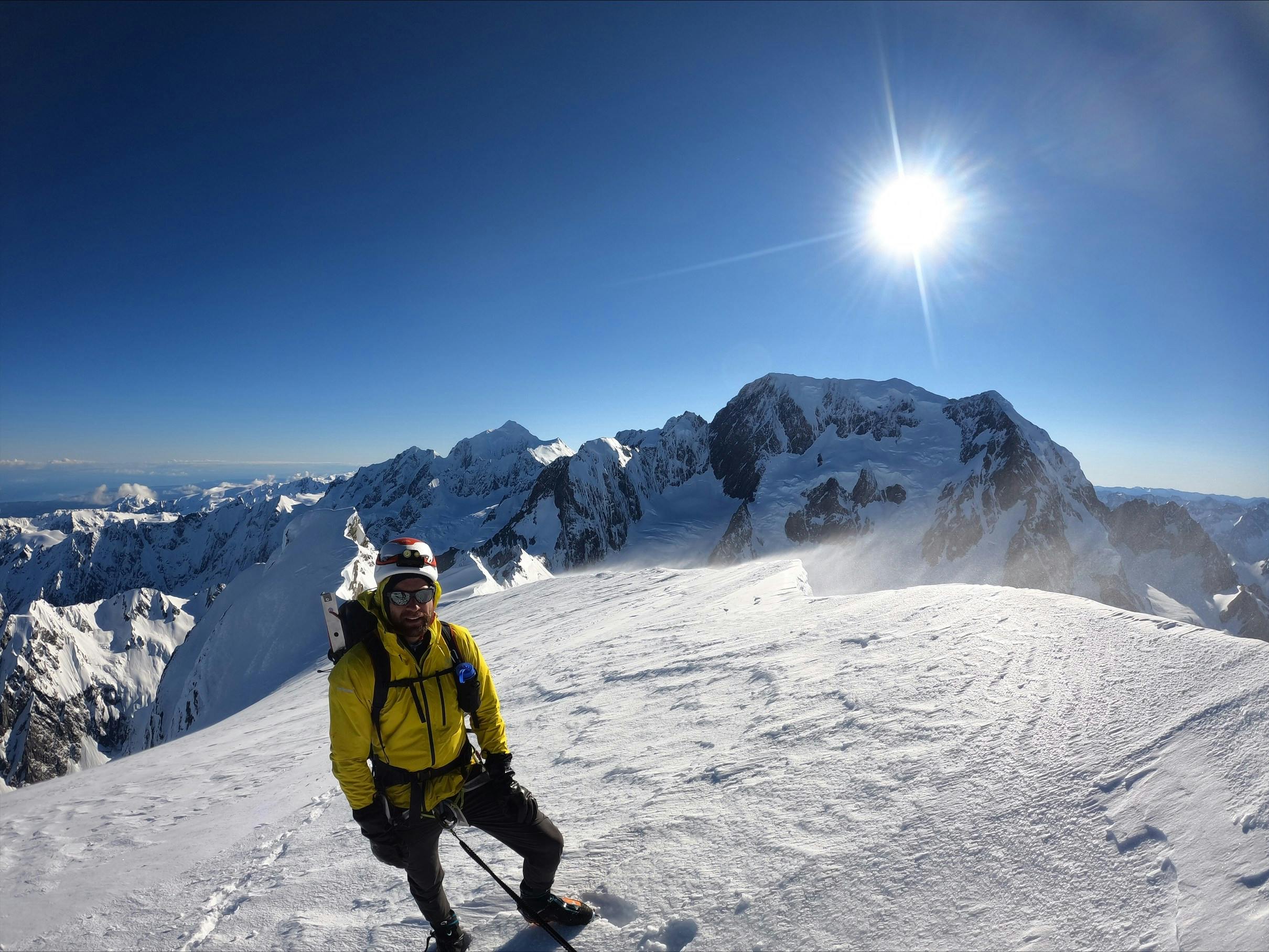Two climbers have become the fastest to scale all New Zealand’s 3000m peaks.
Hamish Fleming (31) and Alastair McDowell (30) have completed an incredible mountaineering feat. In a continuous expedition lasting 31 days, the pair climbed all 24 of New Zealand’s peaks over 3000m. The friends were the 12th and 13th climbers to summit New Zealand’s highest mountains, a quest that normally takes a lifetime to achieve. The previous record was in 1989 when guides Erica Beuzenberg and Gottlieb Braun-Elwert ascended all 24 peaks within a single winter season.
McDowell and Fleming refused to use helicopters or motorised transport during the month-long expedition. But they were not merely peak-bagging; they were undertaking an ambitious journey against the odds, into the unknown. It was an open-ended adventure where failure was likely.
Before they started climbing, food was flown to strategic alpine huts and also carried by friends during other trips. Two weeks before the quest started, the climbers delivered their own rations to Empress Hut, above the Hooker Valley, which is a no-fly zone.
Flemming and McDowell began their adventure by climbing Mt Sefton (3151m) from the Copland Valley, then traversed over La Perouse (3078m) to Empress Hut. After hunkering down during a storm, they completed a ‘Hicks-to-Haast’ traverse, ticking off 11 peaks in two days. Then, they worked their way across the Fox and Franz neves, collecting six more summits including Mt Elie De Beaumont, arriving at Tasman Saddle Hut. They travelled down the Tasman Glacier, detouring to bag Hamilton and Malte Brun, then climbed to the Grand Plateau for Aoraki/Mt Cook and Dixon, before cycling out of Mt Cook Village towards their final destination.

All of New Zealand’s highest mountains lie inside Westland Tai Poutini, Aoraki/Mt Cook and Mt Aspiring national parks. They rode 290km on bikes over Lindis Pass, past Wānaka to reach the Matukituki Valley, from where they climbed Mt Aspiring-Tititea (3033m) on December 12, a month after they started.
During the course of their expedition, they sheltered from storms inside alpine huts, tents and an ice cave at Clarke Saddle. McDowell is a member of the NZ Alpine Team and has notched up some serious climbing in Yosemite, Canada, Alaska, South America and the French Alps. He said their ascents were not particularly technical, but the continual exposure on knife-edge ridges day after day was mentally exhausting.
One reason they chose this challenge was to experience an expedition-scale adventure in their own big backyard. They didn’t see the Covid-19 pandemic as an excuse to wait for the border to open and allow for overseas possibilities.
McDowell has invented a word for his preferred method of travel: trailpinism – a blend of trail running and lightweight alpinism. This method of travelling light over glaciated terrain enabled him to travel from Arthur’s Pass to Aoraki/Mt Cook in 2020 in only six days. This time he wanted to apply this speedy style to traditional mountaineering, looking for any opportunity to cut grams or improve efficiency. It seems to have worked.
List of peaks in order
31-day expedition by Hamish Fleming and Alastair McDowell. November 13 – December 13, 2021.
1. Mt Sefton (3151m)
2. La Perouse (3078m)
3. Mt Hicks (3198m)
4. Mt Dampier (3440m)
5. Mt Vancouver (3309m)
6. Malaspina (3042m)
7. Magellan (3049m)
8. Mt Teichelmann (3144m)
9. Mt Graham (3184m)
10. Silberhorn (3300m)
11. Mt Tasman (3497m)
12. Lendenfeld Peak (3194m)
13. Mt Haast (3114m)
14. Mt Haidinger (3070m)
15. Torres Peak (3160m)
16. Glacier Peak (3002m)
17. Douglas Peak (3007m)
18. Minarets (3031m)
19. Mt Elie De Beaumont (3109m)
20. Mt Hamilton (3025m)
21. Malte Brun (3199m)
22. Aoraki/Mt Cook (3724m)
23. Mt Dixon (3004m)
24. Mt Aspiring/Tititea (3033m)








